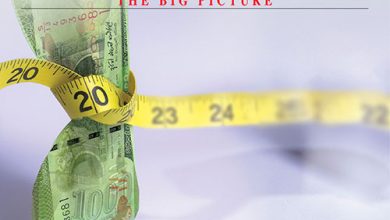VEHICLE IMPORT POLICY
A TEST OF FOREX MANAGEMENT
Nirmali Ameresekere gauges the impact of lifting the vehicle import ban
The government’s decision to lift the five year long vehicle import ban marks a notable turning point in the country’s economic trajectory. Restrictions on vehicle imports were officially lifted on 1 February – a move originally enacted in response to the 2020 foreign exchange crisis.
This shift comes at a time of improving economic indicators including a strengthened currency, driven by ongoing macroeconomic reforms under the IMF programme. With the ban lifted, a wide range of vehicles such as cars, vans, buses, trishaws, bicycles and other non-motorised transport are once again eligible for import.
The government anticipates this move will stimulate the motor industry, address pent-up demand and generate an estimated Rs. 700 billion in vehicle tax revenue by the end of the year.
Additionally, to mitigate potential risks, the administration has introduced nine stringent conditions to regulate imports and curb foreign exchange outflows.
While the decision was received with mixed reactions with some stakeholders welcoming the change, others express concern about its long-term impact on foreign reserves, the affordability of vehicles and traffic congestion.
Meanwhile, the International Monetary Fund has acknowledged the potential for considerable revenue generation. However, the global lender emphasised the importance of careful reserve management to ensure long-term economic stability.
Sri Lanka’s gross official reserves surpassed US$ 6 billion by the end of last year, up from 4.4 billion dollars in 2023. According to IMF projections, reserves are expected to increase to US$ 7.1 billion this year, providing sufficient coverage for six months of imports, before the country begins repaying external debt. By 2028, reserves are projected to reach 14.7 billion dollars.
Against this backdrop, Governor of the Central Bank of Sri Lanka Dr. Nandalal Weerasinghe stated that the country could continue building reserves and servicing debt even if annual vehicle imports rise to US$ 1.5 billion.
The new vehicle tax structure imposes five distinct taxes on imports: a 50 percent surcharge on import duties, a general customs duty of 30 percent, a luxury tax, an excise duty and 18 percent VAT.
As a result, vehicle prices have soared nearly fivefold compared to pre-2020 levels, making vehicle ownership an unattainable dream for many in Sri Lanka’s middle class.
Moreover, the government has restricted vehicle imports to models not older than three years, reducing the previous allowance of five to seven year old vehicles, which were affordable to consumers.
While this decision has raised concern, it is justified. Importing older vehicles would offer limited long-term benefits and risk turning Sri Lanka into a dumping ground for outdated vehicles, as seen in some African markets.
However, affordability remains a critical issue, raising questions about whether the government can meet its targeted revenue if demand falls short. A potential shortfall in tax revenue from vehicle imports could pose considerable challenges to the government’s fiscal strategy.
Prior to lifting the ban, the government should perhaps have considered not only the immediate foreign exchange outflows from vehicle imports but also the long-term forex impact of fuel consumption over the lifespan of these vehicles.
Given that fuel is Sri Lanka’s largest import, transitioning a sizeable portion of the vehicle fleet to electric vehicles (EVs) over the next five to 10 years could substantially reduce net foreign exchange outflows.
In the light of this, the government could reconsider its vehicle tariff structure by reducing taxes on EVs and hybrid models to encourage their importation over traditional combustion engine vehicles.
Looking ahead, this move will serve as a test of the government’s commitment to the country’s long-term economic and environmental wellbeing.






